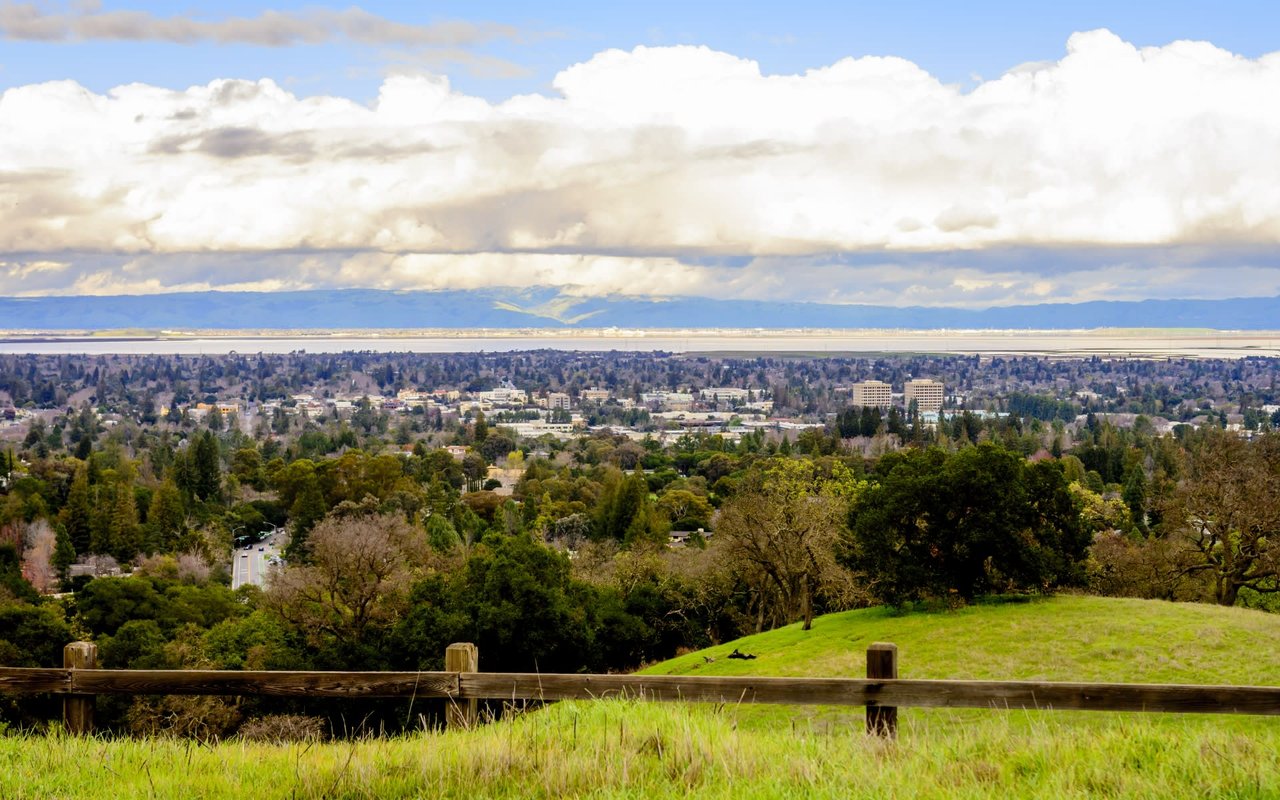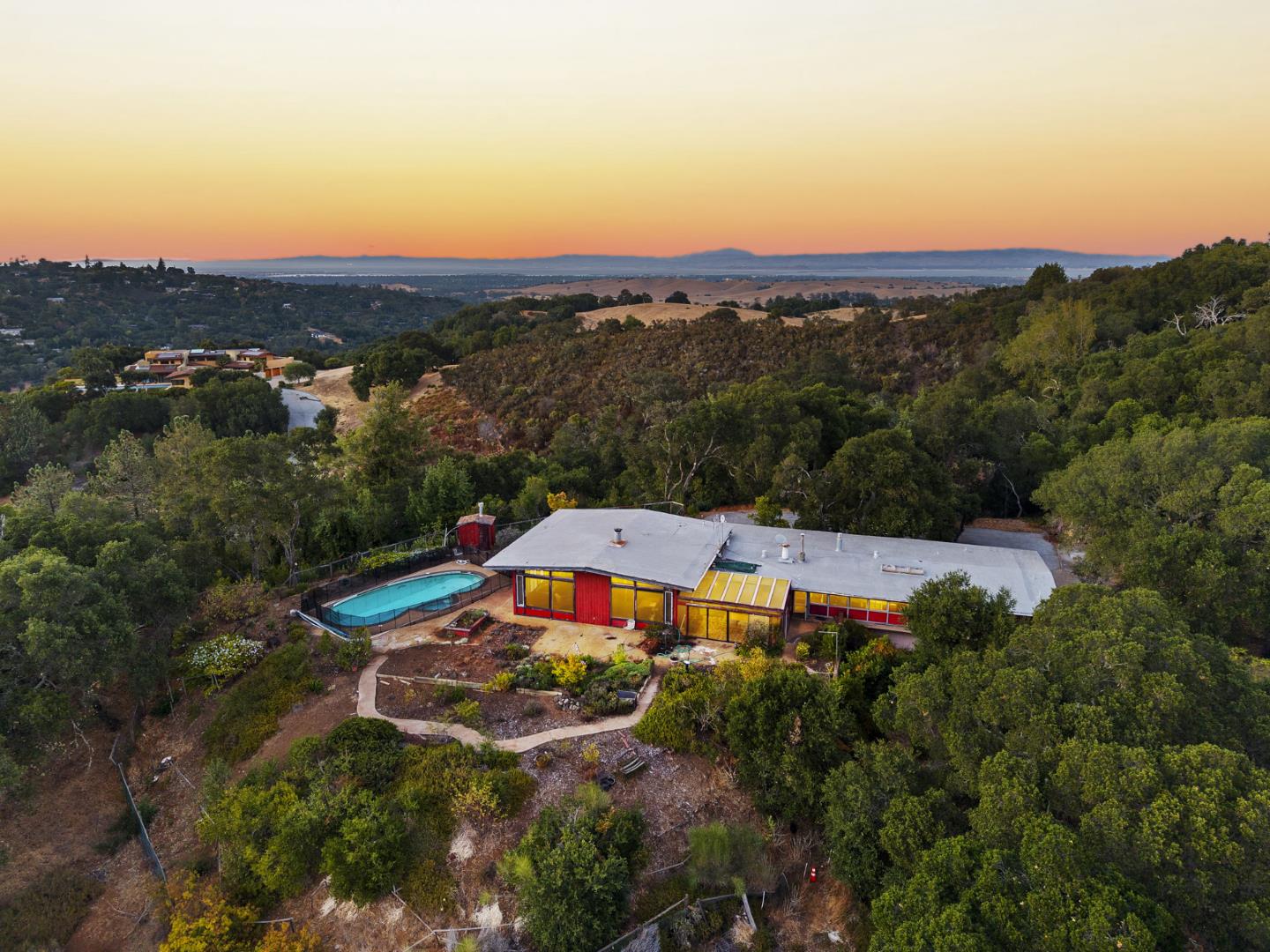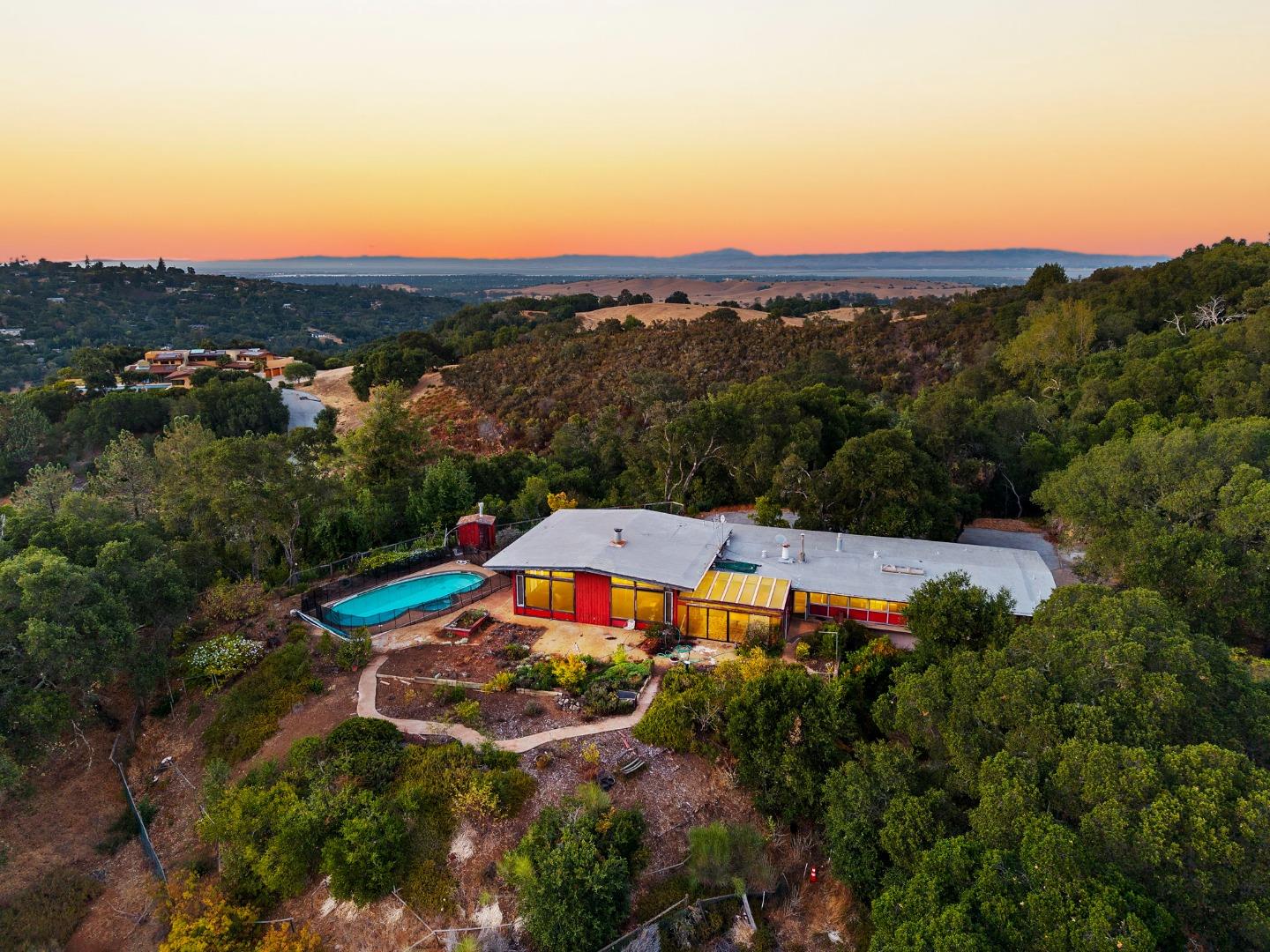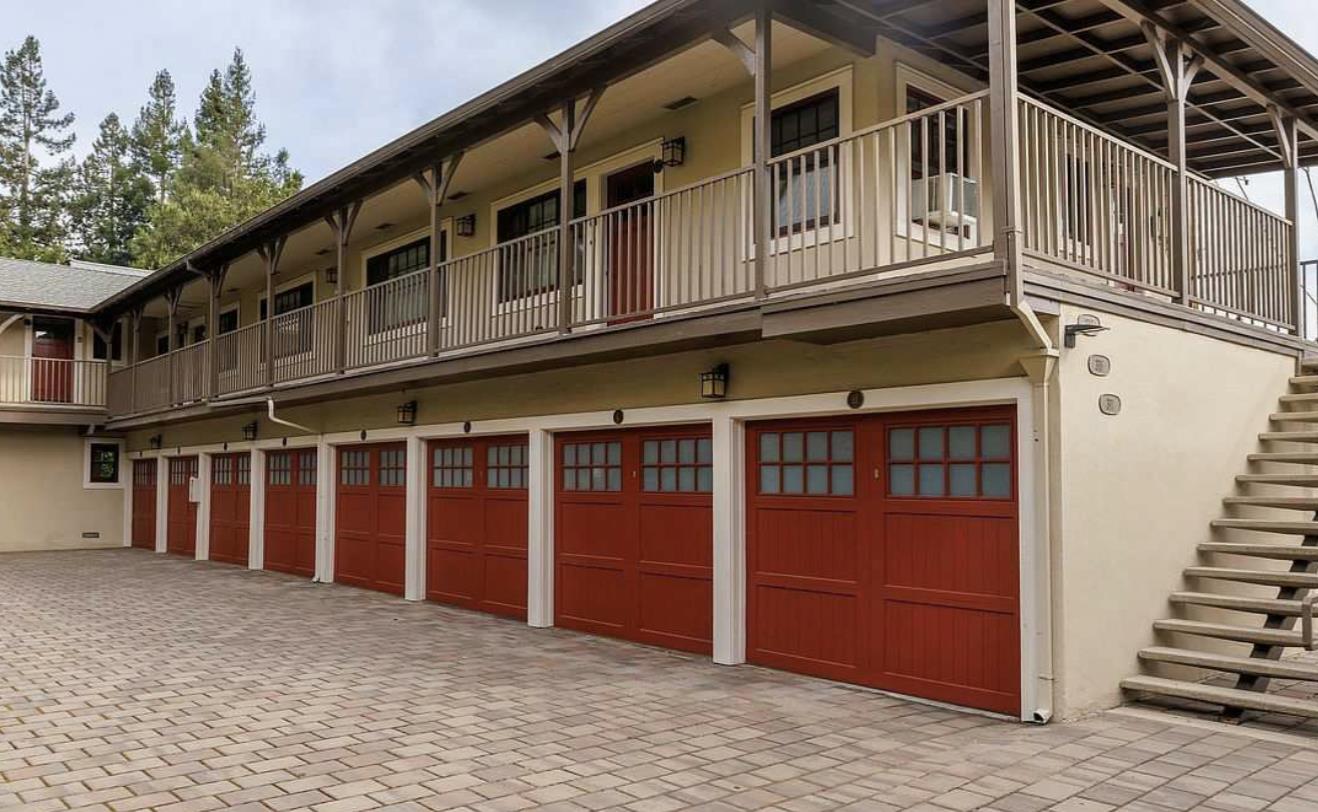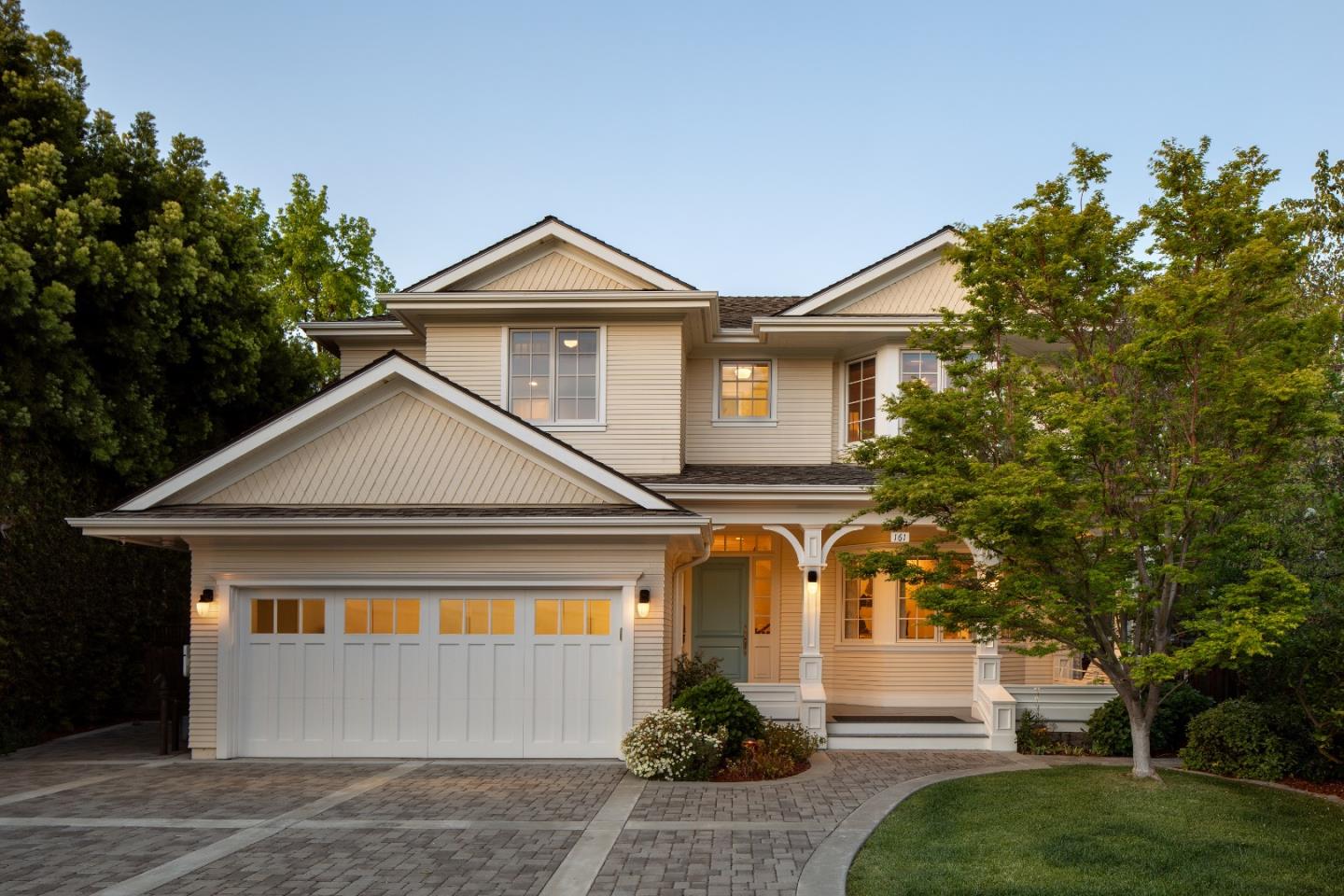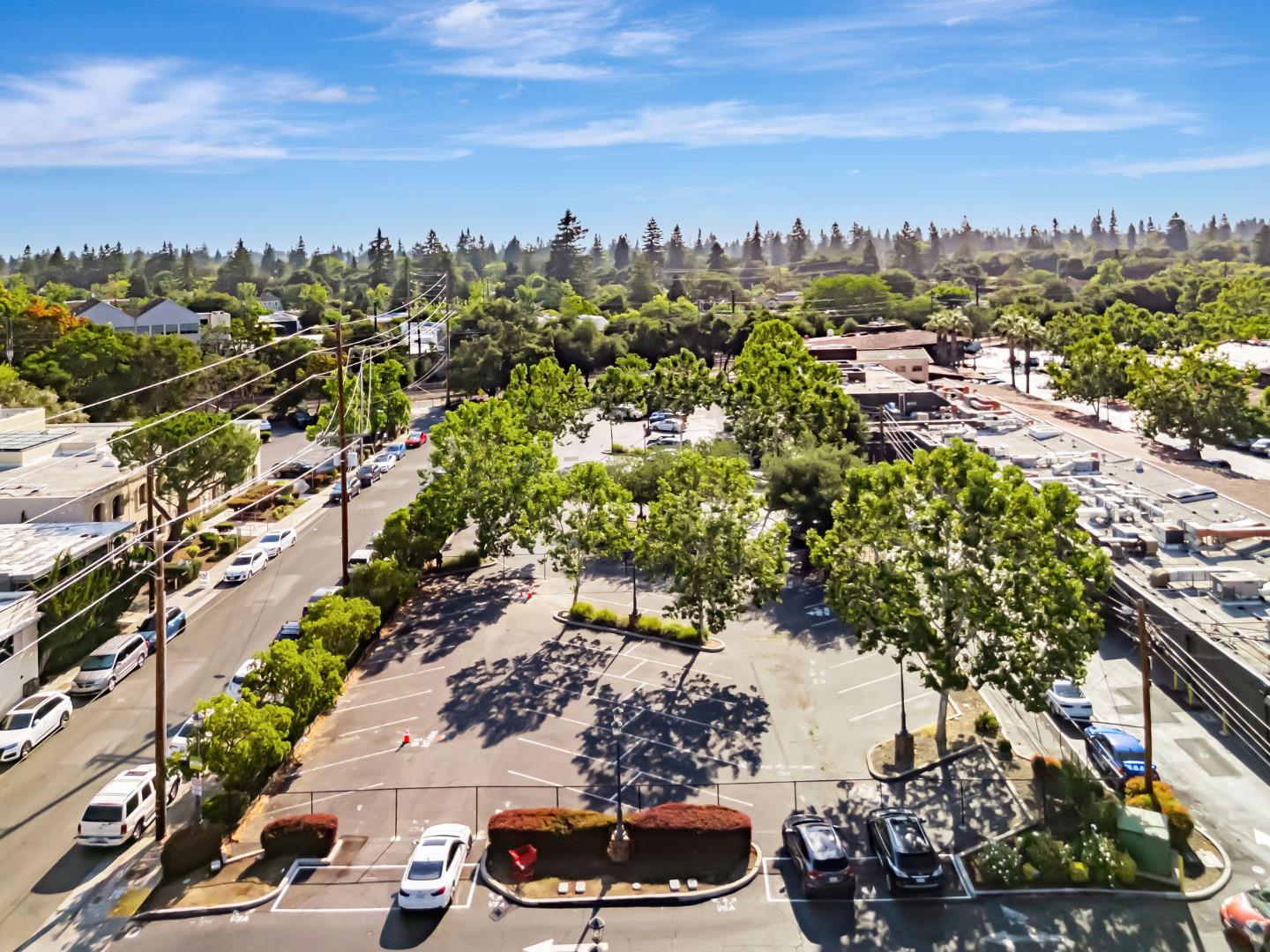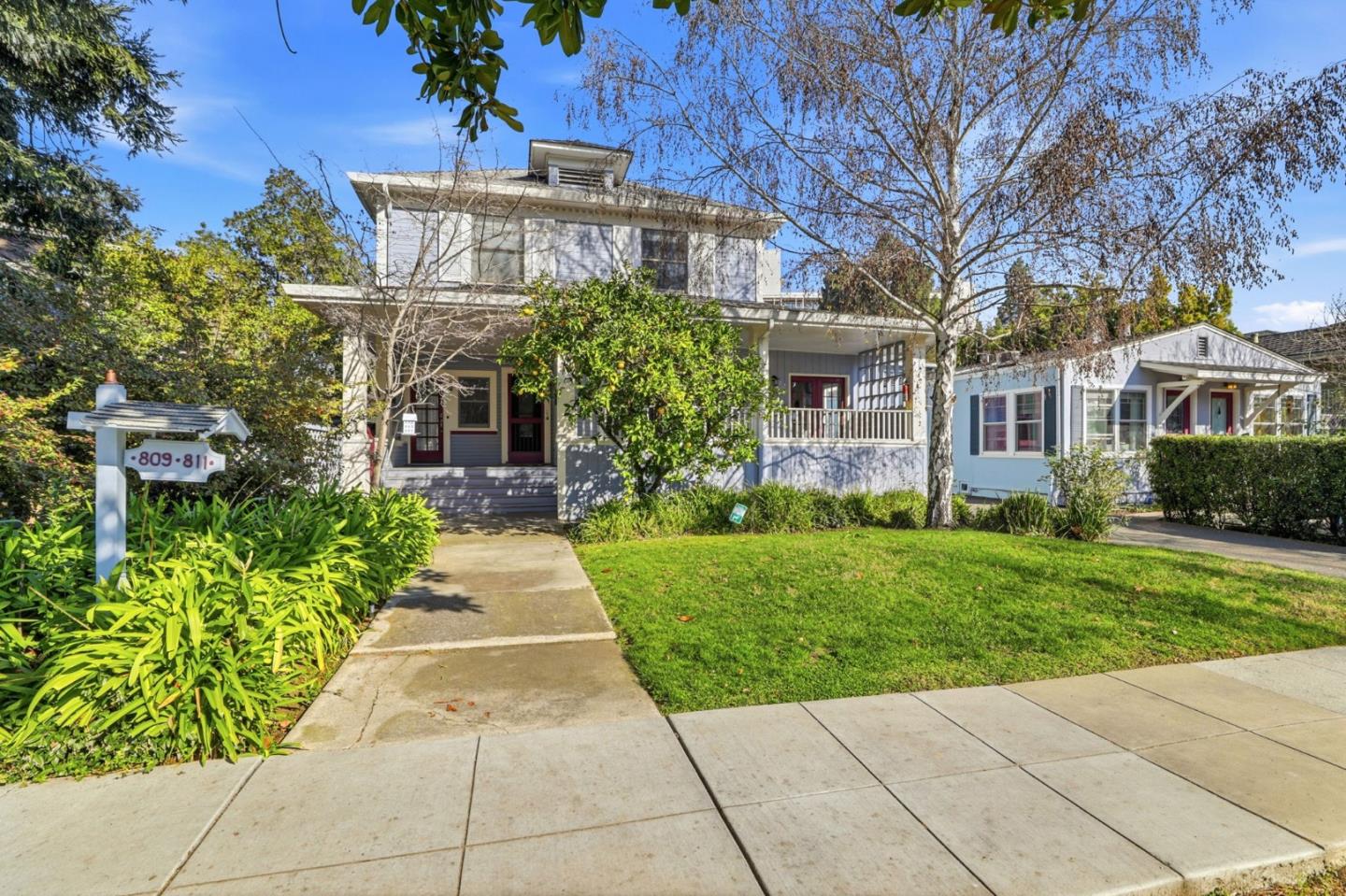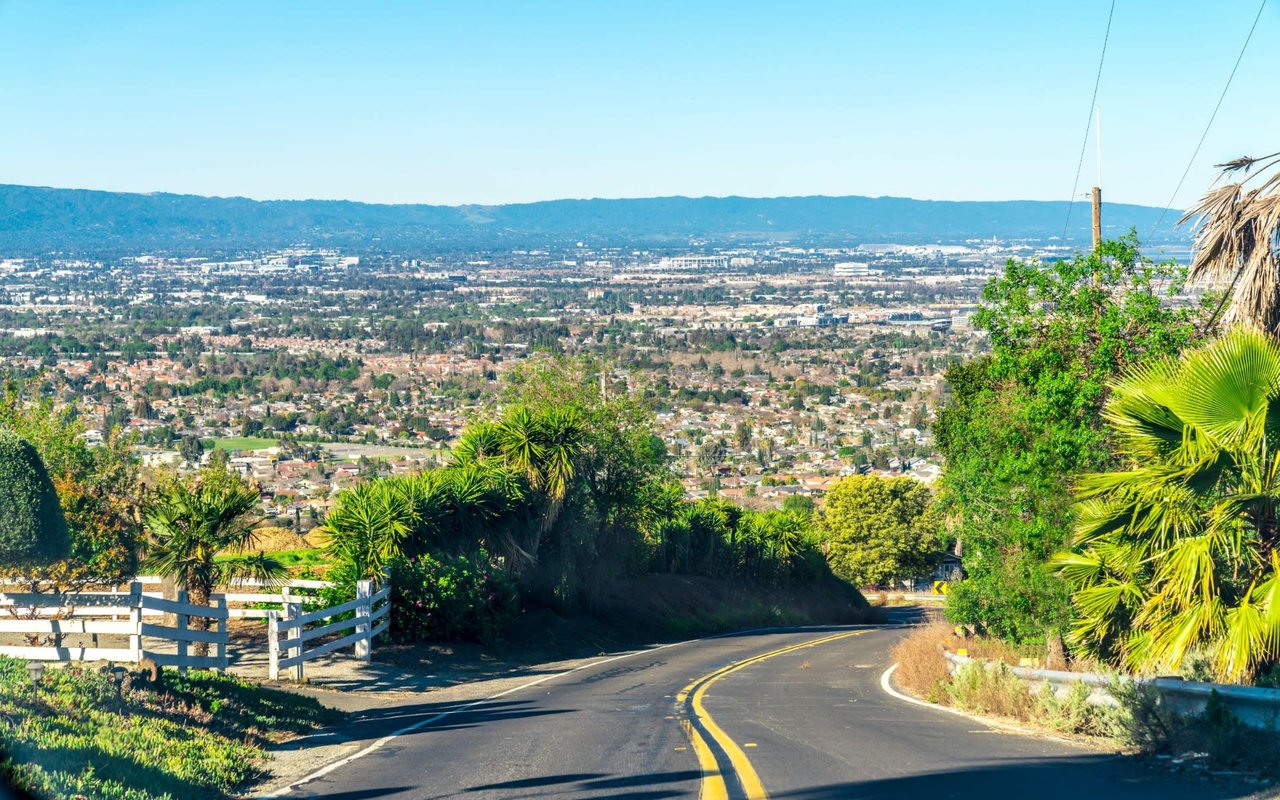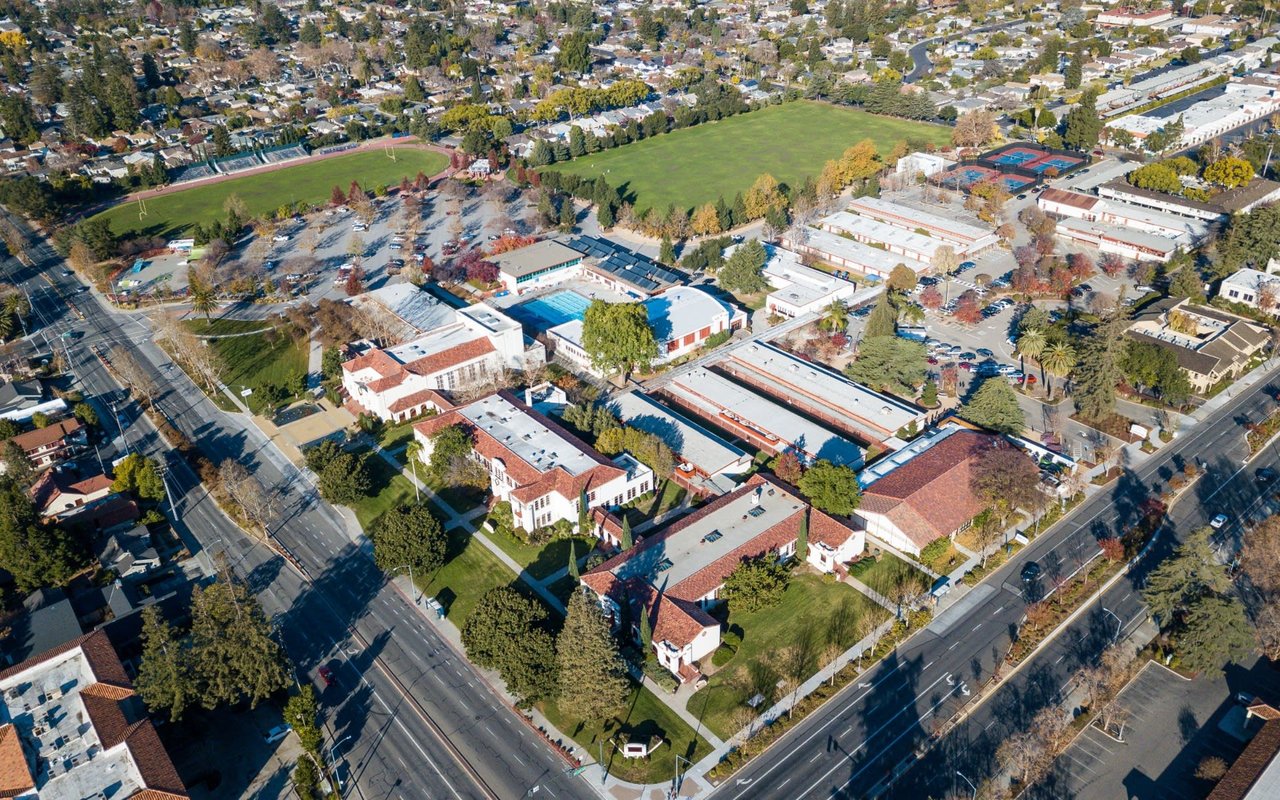Pro's and Con's of Living in Palo Alto:
-
World-Renowned Tech Hub:
-
Pro: Palo Alto is synonymous with Silicon Valley and is home to prestigious tech companies, including Stanford University, Tesla, and VMware. The city's status as a global tech hub provides residents with unparalleled job opportunities and contributes to a robust local economy.
-
Example: The proximity to Stanford University and its influence on the tech industry contributes to the desirability of neighborhoods such as Professorville, attracting professionals and academics alike.
-
Top-Tier Schools and Educational Institutions:
-
Pro: Palo Alto is served by exceptional school districts, including the Palo Alto Unified School District. The quality of education is a significant draw for families, positively influencing property values.
-
Example: The Old Palo Alto neighborhood, close to top-rated schools like Walter Hays Elementary, benefits from the area's educational reputation, attracting families seeking excellent schools.
-
Diverse Housing Options:
-
Pro: Palo Alto offers a mix of housing styles, from historic single-family homes in residential neighborhoods like Crescent Park to modern condominiums and townhomes. This diversity caters to different lifestyle preferences and budgets.
-
Example: The Greenmeadow neighborhood showcases a mix of mid-century modern homes, attracting residents who appreciate architectural diversity and a sense of community.
-
Cultural and Recreational Amenities:
-
Pro: Palo Alto boasts cultural attractions such as the Stanford Theatre and the Palo Alto Art Center. Additionally, parks like the Stanford Dish and Rinconada Park provide recreational spaces for residents.
-
Example: The presence of the Palo Alto Art Center and proximity to parks like Rinconada Park may enhance the overall quality of life for residents in nearby neighborhoods, such as Barron Park.
-
High-Quality Healthcare Services:
-
Pro: The city is home to renowned medical facilities, including Stanford Health Care. Access to high-quality healthcare services is an essential factor for residents and can positively impact property values.
-
Example: The influence of healthcare institutions on property values may be observed in neighborhoods like Southgate, which benefits from proximity to healthcare services.
Cons of Living in Palo Alto:
-
High Cost of Living:
-
Con: Palo Alto consistently ranks among the most expensive cities in the United States. The high cost of living, including housing prices, can be a significant challenge for many residents.
-
Example: Neighborhoods like Palo Alto Hills, known for its luxury estates, may contribute to the overall elevated cost of living in the city.
-
Limited Affordable Housing:
-
Con: Despite housing diversity, affordable options may be limited. The demand for housing in Palo Alto, driven by its prestigious reputation, may lead to higher prices.
-
Example: The demand for homes in prestigious neighborhoods like Crescent Park may result in higher property values, potentially limiting affordable housing options.
-
Traffic Congestion:
-
Con: Palo Alto, like many Silicon Valley cities, faces traffic congestion, especially during peak commute hours. The commute on major roadways, such as the El Camino Real and Oregon Expressway, can be challenging.
-
Example: The increased traffic around major tech campuses, including Tesla and VMware, may impact the convenience of daily travel for residents in nearby neighborhoods.
-
Competitive Real Estate Market:
-
Con: The competitive nature of the real estate market in Palo Alto can make it challenging for homebuyers. Bidding wars and high demand may lead to increased property values.
-
Example: Homes in sought-after neighborhoods like Old Palo Alto may experience heightened competition, potentially resulting in increased property prices.
-
Development Impact:
-
Con: Ongoing development in Palo Alto may impact the city's character and potentially lead to concerns about increased urban density.
-
Example: The impact of developments like the Stanford Research Park may influence property values and the overall feel of the surrounding neighborhoods.
In summary, Palo Alto's real estate market is shaped by its status as a global tech hub, exceptional educational institutions, and a diverse range of housing options. While the city offers many advantages, potential challenges include a high cost of living, limited affordable housing, and traffic congestion. As individuals consider Palo Alto as a place to live, careful consideration of these factors alongside personal priorities is crucial for making informed real estate decisions.
Reach out to Tim & Ryan for countless other examples we can share in-person or over Zoom.
